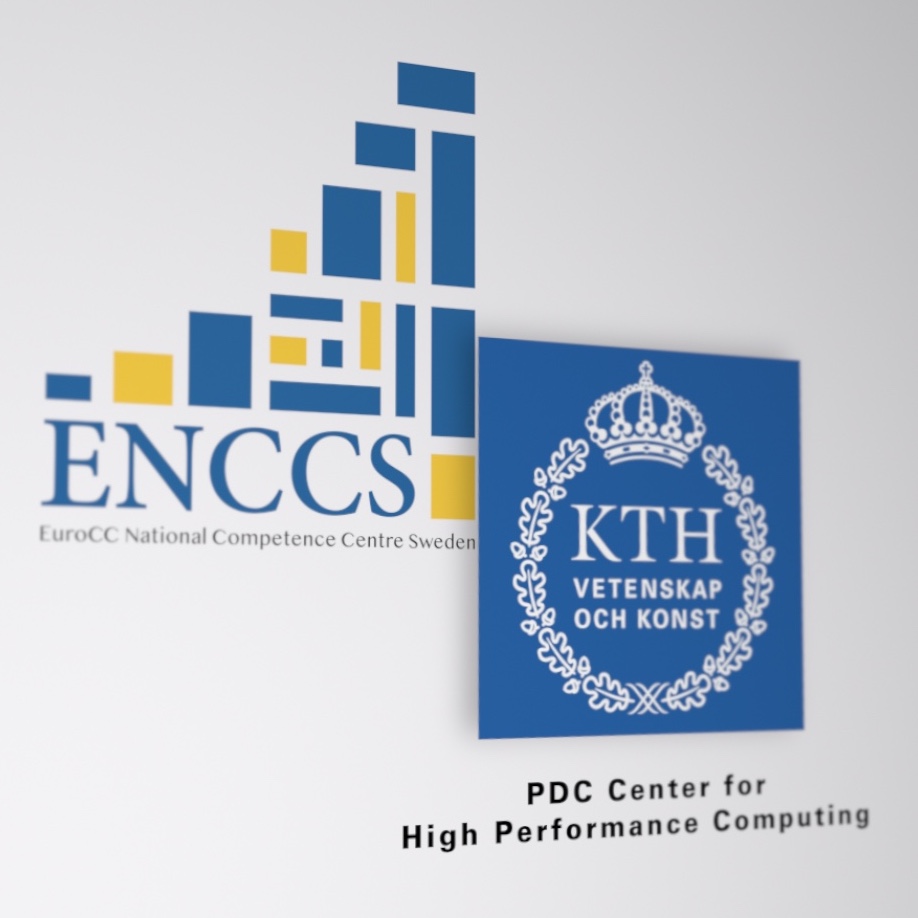Performance theory
Contents
Performance theory¶
Objectives
Understand the different meanings of performance.
Familiarize with theoretical models of performance analysis.
Quantum chemical programs must be written in an explicitly parallel fashion in order to harness the computational power offered by the increasing number of cores that can be packed on modern chips. The effort expended in parallelizing or improving parallelization of a program needs to be measured against suitable metrics to be justified. The term “performance” has many meanings in this context. A code has improved performance compared to another, if it:
Shows lower latency, i.e. it computes a single result in less time.
Shows higher throughput, i.e. it computes a bunch of results at a higher rate.
Consumes less power.
In quantum chemistry we are mostly interested in reducing the total time to solution, i.e. the latency of a computation. It is thus quite natural to evaluate parallel performance in terms of the speedup and efficiency metrics:
- Speedup
The ratio of serial and parallel times to solution.
\[\mathrm{speedup} = \frac{T_{1}}{T_{P}}\]- Efficiency
The speedup per unit of parallel worker.
\[\mathrm{efficiency} = \frac{\mathrm{speedup}}{P} = \frac{T_{1}}{PT_{P}}\]
The serial time to solution \(T_{1}\) might be that of the serialized parallel program, that is the parallel algorithm running with \(P=1\) workers. Speedup and efficiency are then said to be relative. These metrics are said to be absolute if \(T_{1}\) is measured using a serial algorithm that does not parallelize well.
Observed speedups are usually sublinear: running on \(P\) workers is a factor of \(< P\) faster. Ideally, one would want to observe linear speedups, but this is very hard to achieve in practice, due, for example, to the overhead incurred in distributing computation among workers. In rare cases, superlinear speedup might be observed, usually due to favorable combinations of cache-friendliness and efficient use of vectorization.
Scalability¶
Scalability is the ability of hardware and software to deliver increased performance as a function of the resources used.
There are two metrics to consider:
- Strong scalability
The ability of an algorithm to obtain speedup for a fixed problem size and an increasing number of workers.
- Weak scalability
The ability of an algorithm to obtain speedup for an increasing problem size and an increasing number of workers.
Let’s take a closer look at the measured latencies \(T_{1}\) and \(T_{P}\). Both are the sum of the fractions executed in serial or in parallel. While for \(T_{1}\) it holds:
for \(T_{P}\) we have:
the equality being valid for a “perfect” parallelization.
Amdahl’s law¶
Let’s assume that there is a constant fraction \(f\) of \(T_{1}\) that is serial, then:
This gives an upper bound on the achievable speedup and efficiency as a function of the serial fraction:
also known as Amdahl’s law [Amd67].
Loading…
Strong scaling, in terms of achievable speedup, as a function of the number of workers, according to Amdahl’s law. We consider different values of the serial fraction \(f\).
Loading…
Strong scaling, in terms of achievable efficiency, as a function of the number of workers, according to Amdahl’s law. We consider different values of the serial fraction \(f\).
Quite pessimistically, in the limit of an infinite number of workers, strong scalability is essentially bound by the serial fraction:
Gustafson’s law¶
20 years after Amdahl published his paper on strong scalability, Gustafson noted an important fact: more capable hardware is usually applied to larger problems, leading to observed speedups exceeding what would be predicted by Amdahl’s law. [Gus88]
How is this possible? We must make two assumptions:
That the serial part of our algorithm remains constant when the problem size increases.
That the parallel part grows linearly with the number of workers.
In a strong scalability regime, the amount of work remains constant, while the capability of the machine to perform parallel work increase. Asymptotically, the speedup is dominated by the fraction of work executed serially, as observed by Amdahl. However, increasing the amount of work proportionally to the parallel capabilities, will eventually let the serial portion become insignificant to the total time to solution.¶
When exploring weak scalability, the scaled speedup is our figure of merit:
This metric grows linearly with the number of workers.
Keypoints
Time to solution is the performance metric most often used in quantum chemistry.
Strong calability of an application depends on the fraction of serial work performed.
In practice, more capable hardware is employed on larger problems: we might be able to observe weak scalability even without removing serial bottlenecks.
